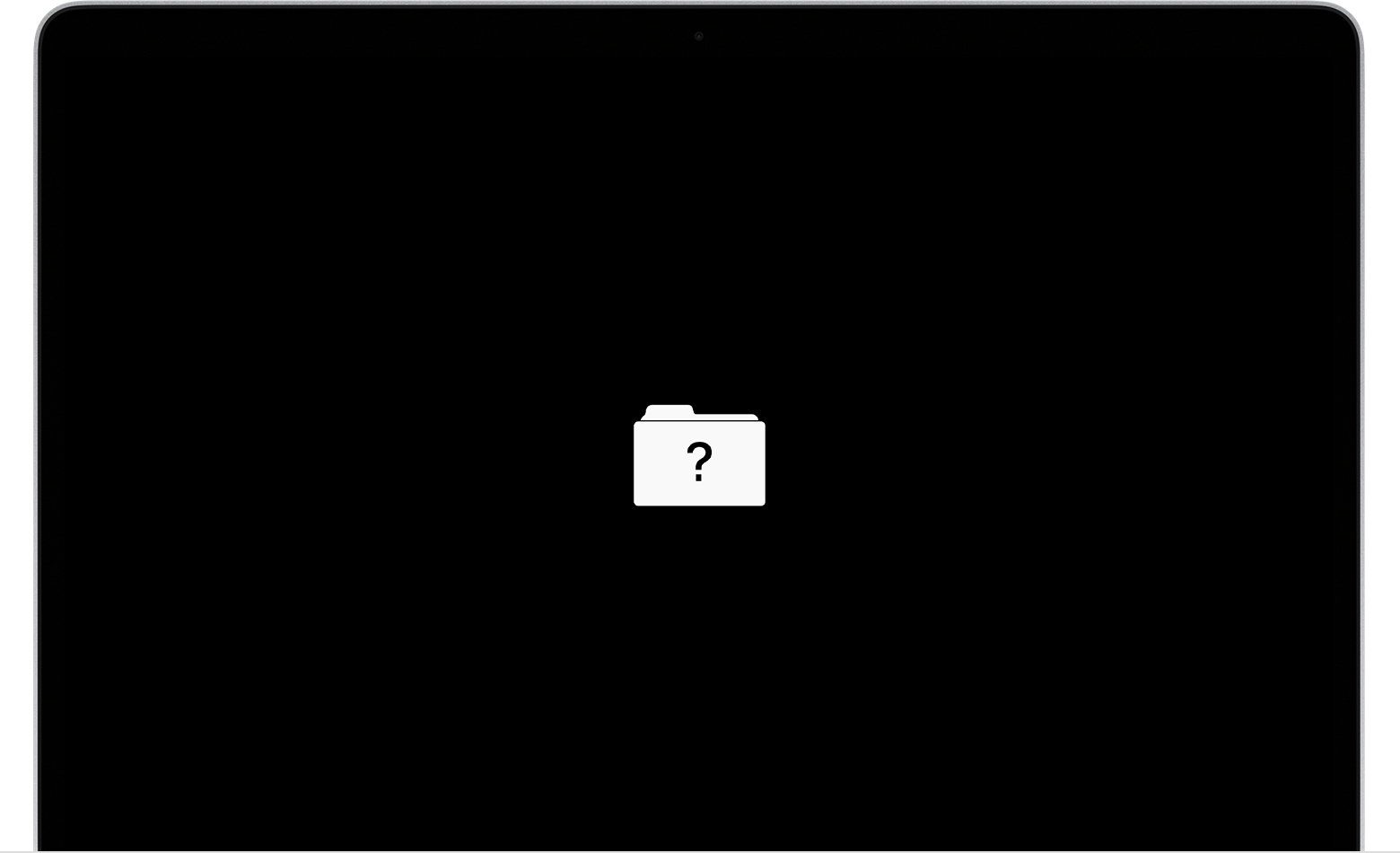What model do you have? To find the complete model information select About This Mac from the Apple menu. You can create a snapshot of the dialog as follows:
How to take a screenshot on your Mac
Capture, Save or Record Screenshots in Mac OS X - Help Desk Geek
OS X Screen Capture Shortcuts
(⌘⬆︎3) Command-Shift-3 Capture the screen to a file
(⌘⬆︎⌃3) Command-Shift-Control-3 Capture the screen to the Clipboard
(⌘⬆︎4) Command-Shift-4 Capture a selection to a file
(⌘⬆︎⌃4) Command-Shift-Control-4 Capture a selection to the Clipboard
(⌘⬆︎5) Command-Shift-5 Invoke new screen grabber
You can then post the image in the forum's message editor.
Install El Capitan or Later from Scratch
If possible, back up your files.
- Restart the computer. Immediately, at or before the chime, hold down the Command and R keys until the Apple logo and progress bar appear. Wait until the Utility Menu appears.
- Select Disk Utility from the Utility Menu and click on the Continue button.
- When Disk Utility loads select the target drive (out-dented entry w/type and size info) from the Device list.
- Click on the Erase button in Disk Utility's toolbar. A panel will drop down.
- Set the partition scheme to GUID.
- Set the Format type to APFS (SSDs only) or Mac OS Extended (Journaled.)
- Click on the Apply button, then wait for the Done button to activate and click on it.
- Quit Disk Utility and return to the Utility Menu.
- Select Install OS X and click on the Continue button.
